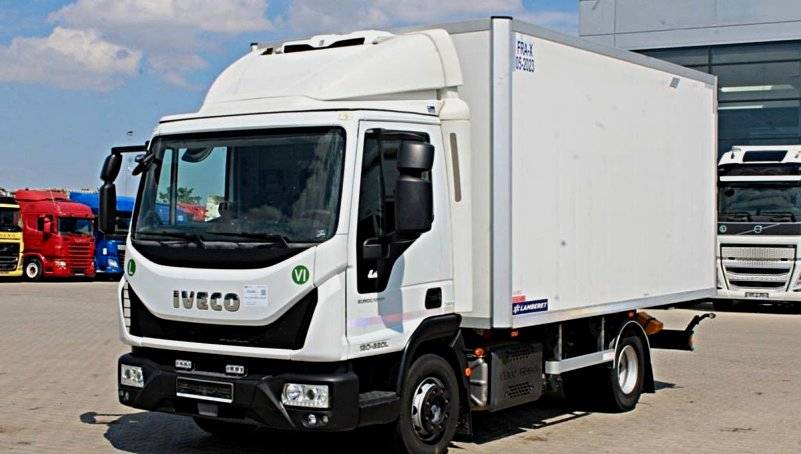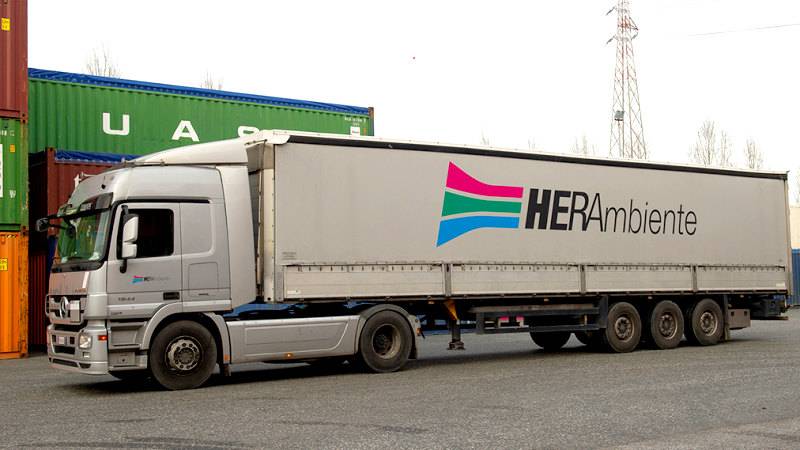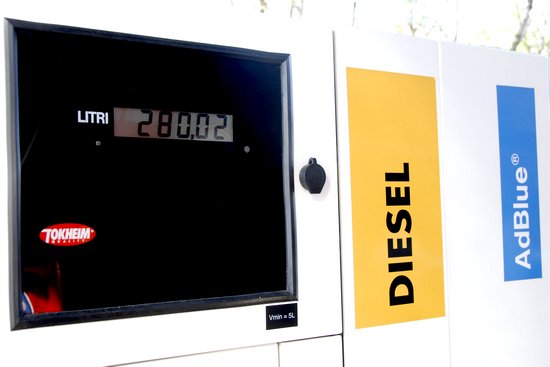With the introduction of the so-called Liberation Day Tariffs – duties applied from April 2025 to imports from nearly every country worldwide – announced by President Trump, international logistics once again faces a wave of uncertainty. These new import duties come at a sensitive moment, as many companies are attempting to consolidate their supply chains after years of upheaval due to the pandemic, geopolitical tensions and the energy crisis. The impact on freight forwarders, logistics providers and procurement managers could be significant, but according to Xeneta, there are tools and strategies that can help navigate this new phase with clarity.
In a recent article published on the company's official blog – Xeneta specialises in dynamic container rate analysis – Chief Analyst Peter Sand outlines a series of concrete actions aimed at limiting corporate exposure and turning challenges into competitive opportunities. His approach is based on observing market data and adopting a flexible, analytical mindset in managing shipping routes, contracts and supply chain configurations.
One of the most striking insights from the analysis concerns the trend in spot rates for transpacific routes. Despite the prevailing instability, transport costs have dropped significantly compared to the beginning of the year: rates from the Far East to the United States have fallen by 43% to the east coast and 50% to the west coast. The increase recorded on 1 April – 8% and 14% respectively – appears to be a technical rebound, without yet altering the overall downward trend. This dynamic represents an opportunity for freight forwarders: proactive negotiation with shipping lines, leveraging the bargaining power that stems from real market data, can help offset at least part of the rise in customs costs.
Another key point raised by Xeneta is the need to maintain maximum operational flexibility. In a global environment prone to sudden shifts, being tied to single suppliers or predefined routes may prove counterproductive. It is therefore advisable to diversify logistics paths, consider shifting volumes to alternative ports or carriers, and include automatic renegotiation clauses in contracts to address changing market conditions. Contractual agility thus emerges as a critical success factor, ensuring business continuity and cost control.
Sand’s analysis also encourages companies to carefully explore alternative scenario simulations. Now more than ever, businesses have tools to virtually model their entire supply chain, assessing the impact of shifting production origins from one country to another by comparing tariffs, port capacities, transit times and carrier reliability. One illustrative example is that of a company currently manufacturing in China which might consider partial relocation to Vietnam or Mexico, running simulations of costs and benefits before making any concrete move. This approach demands that logistics and procurement professionals develop genuine analytical skills and adopt data-driven decision-making processes.
Creativity, in some cases, can go beyond routes and rates and extend to customs strategies. One such possibility involves customs triangulation, where operators ship goods from China to third countries such as Brazil, carry out repackaging operations that alter the commercial origin, and then import into the United States under more favourable conditions. These are clearly complex strategies, requiring strict regulatory compliance and transparent documentation management, but they illustrate how logistics intelligence can serve as a defence mechanism against protectionist measures.
In the current context, there is also growing interest in indexed transport contracts, which can absorb market volatility without requiring continuous renegotiation. Tying economic conditions to a shared reference index offers a balanced solution for companies seeking greater cost predictability, helping them avoid exposure to fluctuations in the spot market. In doing so, procurement teams can free up resources and focus efforts on higher-value strategic tasks, such as risk analysis or supplier optimisation.
All of this, of course, hinges on access to reliable and up-to-date information. In a world where supply chains stretch across ever wider and less familiar territories, the quality of data becomes a key logistical asset. Having a continuous, accessible monitoring system capable of delivering a transparent view of market conditions is now a valuable competitive edge. Companies that invest in logistics intelligence and can interpret market signals ahead of time will be best positioned to seize new opportunities and face future crises with greater resilience.




































































